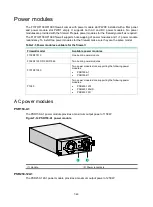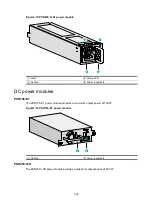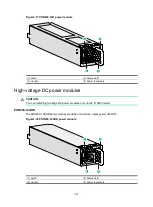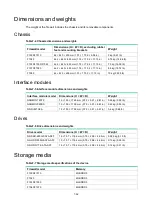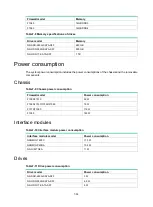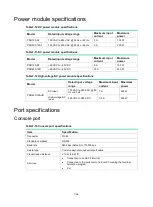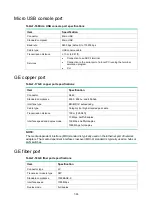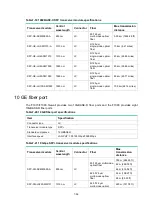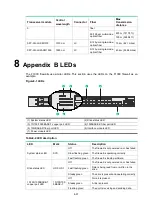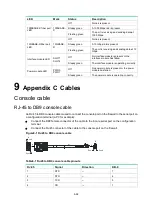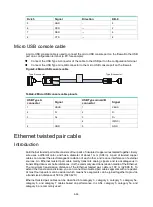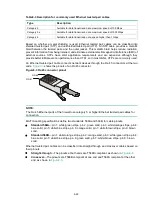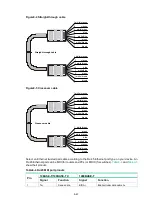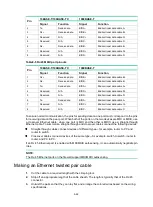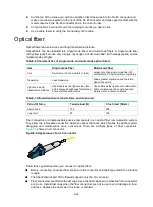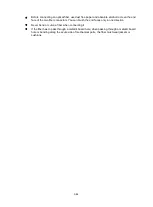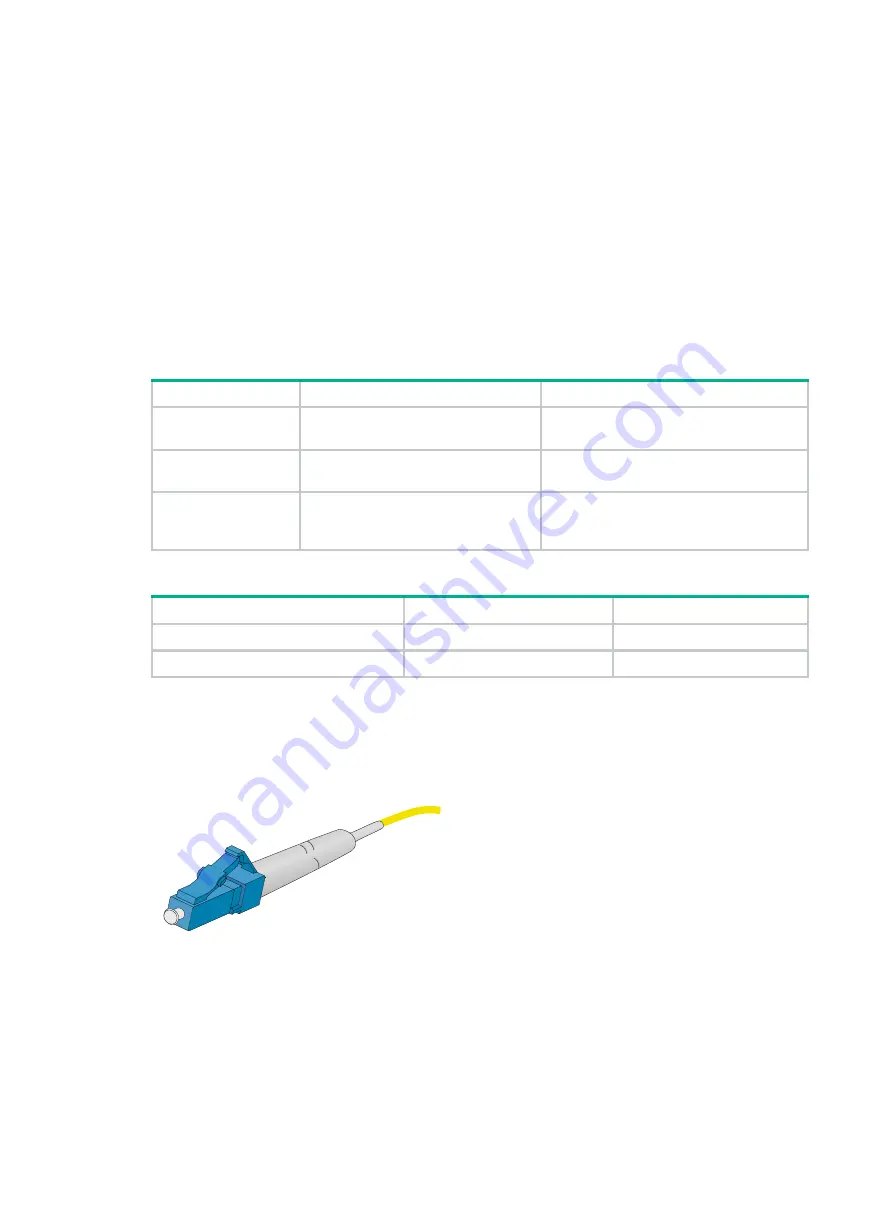
9-63
4.
Cut the top of the wires even with one another. Insert the wires into the RJ-45 connector and
make sure the wires extend to the front of the RJ-45 connector and make good contact with the
metal contacts in the RJ-45 connector and in the correct order.
5.
Crimp the RJ-45 connector with the crimping tool until you hear a click.
6.
Use a cable tester to verify the connectivity of the cable.
Optical fiber
Optical fibers feature low loss and long transmission distance.
Optical fibers can be classified into single mode fibers and multi-mode fibers. A single mode fiber
(with yellow jacket) carries only a single ray of light; a multi-mode fiber (with orange jacket) carries
multiple modes of lights.
Table9-6 Characteristics of single mode and multi-mode optical fibers
Item
Single mode fiber
Multi-mode fiber
Core
Small core (10 micrometers or less)
Larger core than single mode fiber (50
micrometers, 62.5 micrometers or greater)
Dispersion
Less dispersion
Allows greater dispersion and therefore,
signal loss exists.
Light source and
transmission distance
Uses lasers as the light source often
within campus backbones for distance
of several thousand meters
Uses LEDs as the light source often within
LANs or distances of a couple hundred
meters within a campus network
Table9-7 Allowed maximum tensile force and crush load
Period of force
Tensile load (N)
Crush load (N/mm)
Short period
150
500
Long term
80
100
Fiber connectors are indispensable passive components in an optical fiber communication system.
They allow the removable connection between optical channels, which makes the optical system
debugging and maintenance more convenient. There are multiple types of fiber connectors.
Figure9-6 Appearance of an LC connector
Follow these guidelines when you connect an optical fiber:
•
Before connecting an optical fiber, make sure the connector and cable type match the interface
module.
•
The fiber Ethernet port of the firewall supports only the LC connector.
•
Fiber connectors are fitted with dust caps. Keep the dust caps secure when the fiber connectors
are in use. Install dust caps when the fiber connectors are not in use to avoid damage to their
end face. Replace the dust cap if it is loose or polluted.

